How to Cook Chinese-Style Stir-Fried Noodles with Vegetables and Pork
- Ingredients Needed for Chinese-Style Stir-Fried Noodles
- Preparation: How to Prepare the Ingredients
- Cooking Process for Stir-Fried Noodles
- Different Variations of Stir-Fried Noodles
- Tips for Perfect Chinese-Style Stir-Fried Noodles
1. Ingredients Needed for Chinese-Style Stir-Fried Noodles
To make a delicious plate of Chinese-style stir-fried noodles with vegetables and pork, you will need the following ingredients:
- Fresh egg noodles or Chinese stir-fry noodles
- Thinly sliced pork (or any preferred protein like chicken or beef)
- Vegetables such as bell peppers, carrots, onions, and bok choy
- Soy sauce, oyster sauce, and hoisin sauce for seasoning
- Garlic and ginger for added flavor
- Vegetable oil for stir-frying
Having fresh ingredients is key to achieving that authentic taste. If you’re new to Chinese-style cooking, visit Chinese Food to find the best ingredients for your stir-fry dish.
2. Preparation: How to Prepare the Ingredients
Once you have gathered your ingredients, the next step is to prepare them. Start by slicing the pork thinly against the grain to ensure it cooks quickly and remains tender. For the vegetables, cut the bell peppers, carrots, and onions into thin strips to mimic the traditional Chinese-style stir-fry presentation. If you're using bok choy or another leafy green, chop it into smaller pieces to ensure it cooks evenly.
Make sure your noodles are ready to go. If using fresh noodles, separate them gently to prevent clumping. If using dried noodles, boil them according to the package instructions, drain, and set aside.
3. Cooking Process for Stir-Fried Noodles
Heat a wok or large pan over medium-high heat and add vegetable oil. Begin by stir-frying the thinly sliced pork until it turns golden brown. Remove it from the pan and set it aside. Next, add garlic and ginger to the same pan, sautéing them for a few seconds until fragrant.
Add the vegetables to the pan and cook for a few minutes until they are tender yet still crisp. Return the pork to the pan and toss it with the vegetables. Finally, add the noodles and drizzle in your soy sauce, oyster sauce, and hoisin sauce to bring everything together. Stir-fry for a few more minutes until the noodles are evenly coated with sauce, and serve hot.
This classic Chinese-style stir-fried noodles recipe brings out a perfect balance of savory flavors from the sauces, with the pork adding a rich depth to the dish. It's the perfect meal for lunch or dinner.
4. Different Variations of Stir-Fried Noodles
One of the great things about stir-fried noodles is the versatility. While pork is a popular choice, you can also experiment with chicken, beef, shrimp, or even tofu for a vegetarian version. For a spicier kick, consider adding chili paste or fresh chopped chilies to your sauce mix.
Another variation is to add different vegetables. While bell peppers, carrots, and bok choy are common, you can also try mushrooms, snap peas, or baby corn for extra crunch. Changing up the noodles can also give the dish a new twist. You can substitute egg noodles with rice noodles or soba for a gluten-free option.
5. Tips for Perfect Chinese-Style Stir-Fried Noodles
Here are a few tips to ensure your Chinese-style stir-fried noodles turn out perfectly every time:
- Use a wok if possible. Its high heat and shape make it ideal for stir-frying.
- Prepare all your ingredients before cooking to make the stir-fry process fast and efficient.
- Make sure your pan is hot before adding the ingredients to avoid steaming the vegetables.
- Don’t overcook the vegetables. They should still retain some crunch and freshness.
Stir-frying is a quick cooking method, so keep everything moving in the pan to avoid burning. If you prefer a sweeter dish, add a touch of sugar or a few extra teaspoons of hoisin sauce. With these tips, you’ll master the art of stir-frying in no time!
Now that you’ve learned how to cook Chinese-style stir-fried noodles with vegetables and pork, it's time to gather your ingredients and get cooking! If you're looking for high-quality ingredients for your dish, visit Chinese Food to find the best products for your cooking adventures.


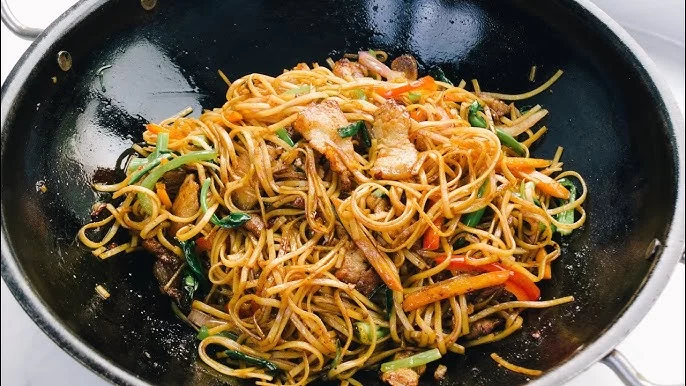
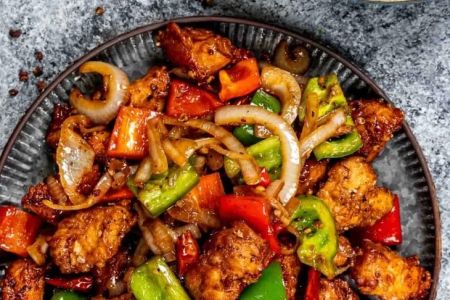
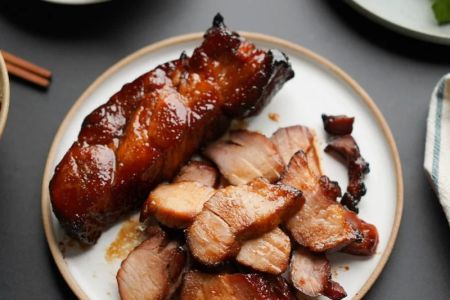
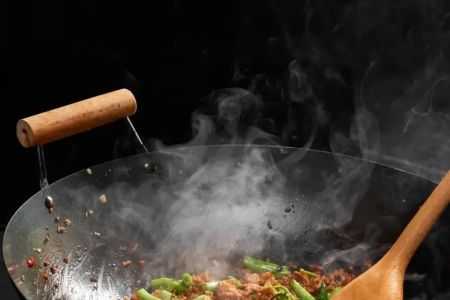
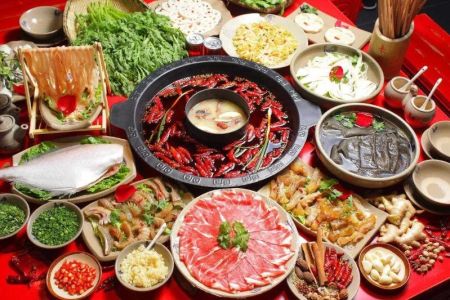
![Top Chinese Restaurants for Authentic Cantonese Cuisine in [Your City]](https://img.gochinarose.com/d33/2507/4157910400_450x300.webp)
